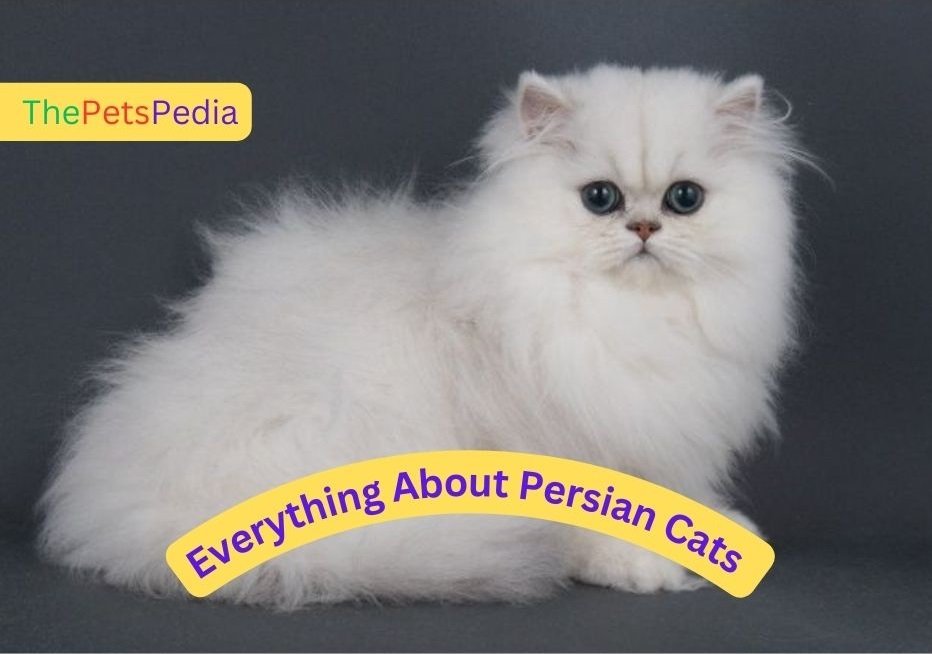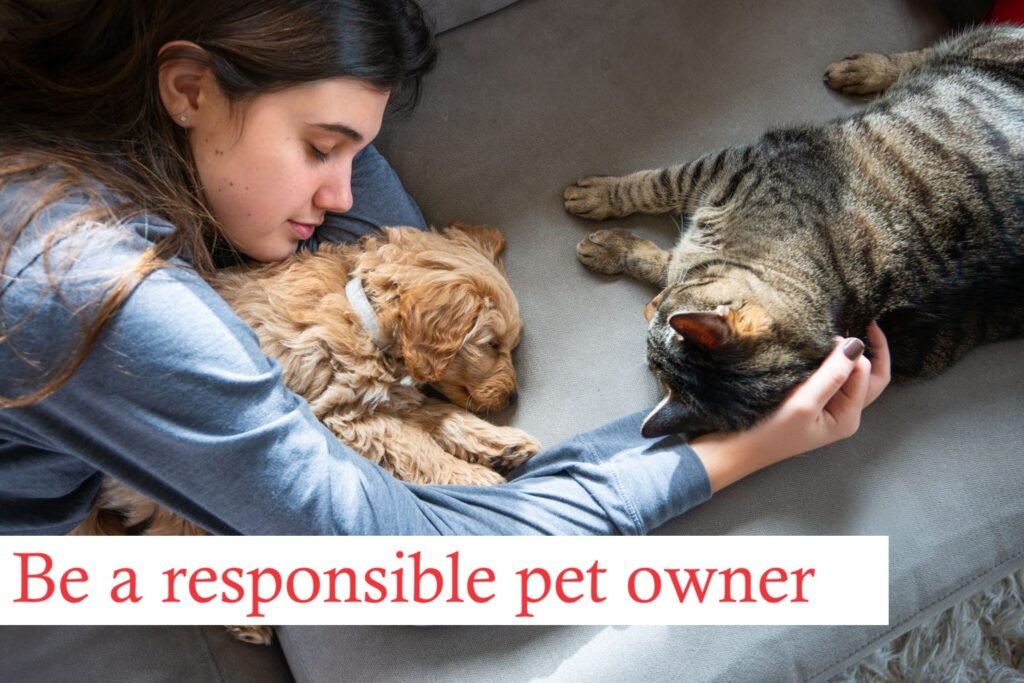Persian cats are famous for their long, beautiful coats and calm, gentle nature. They are loved by cat enthusiasts all over the world. These elegant cats have a rich history and unique look, making them stand out. This guide will explore everything you need to know about Persian cats, including their history, appearance, personality, care needs, and joint health issues.
“A Persian cat is a true treasure—a quiet, loving presence that will make any house feel like a home.”
Overview of Persian Cats
| Feature | Details |
| Size | Medium-sized, 7-12 pounds (3-5.5 kg) |
| Coat | Long, thick, and silky |
| Coat Colors | White, black, blue, cream, and many more |
| Eye Color | Blue, green, copper, or odd-eyed |
| Personality | Calm, affectionate, gentle |
| Body Type | Compact with short legs and a broad chest |
| Health Concerns | Respiratory issues, eye problems, kidney disease |
| Lifespan | 12-15 years with proper care |
A Brief History of Persian Cats
The Persian cat has been admired for centuries. They were first brought to Europe from Persia (modern-day Iran) in the 1600s. Their long, luxurious coats and sweet faces quickly made them popular among European aristocrats. Over the years, they became one of the most loved cat breeds worldwide, known for their beauty and gentle nature.
“From ancient Persia to your living room, Persian cats have always symbolised elegance and grace.”
Physical Characteristics
Size and Weight:
Persian cats are medium-sized with a sturdy build. Males usually weigh between 9 and 12 pounds (4-5.5 kg), while females weigh between 7 and 10 pounds (3-4.5 kg). Their compact bodies, short legs, and broad chests make them appear solid.
Coat and Color:
The Persian’s long, silky coat is one of its defining features. It requires regular grooming to keep it looking beautiful. These elegant cats come in many colors: white, black, blue, and cream.
| Coat Colors | Details |
| Solid Colors | White, black, blue, red, cream, chocolate, lilac |
| Tabby Patterns | Classic, mackerel spotted |
| Bicolor | Combinations of solid colors with white |
| Shaded & Smoke | White undercoat with color tips like silver or smoke |
| Himalayan | Point coloration similar to Siamese cats |
Eyes:
Persian cats have large, round eyes that are set wide apart. Their eye color can be blue, green, copper, or even odd-eyed, with each eye a different color. These beautiful eyes add to their sweet and gentle expression.
Personality and Behavior
| Trait | Description |
| Calm | Persian cats are relaxed and easygoing. |
| Affectionate | They enjoy the company of their owners and love to be petted. |
| Quiet | They are not very vocal and communicate with soft meows. |
| Gentle | Persians are patient and gentle, making them great companions. |
Calm and Affectionate:
These cats are known for their calm and loving nature. They prefer a quiet environment where they can relax and be close to their owners. They enjoy being petted and are often happy to curl up on a cozy lap.
Quiet and Gentle:
These cats are not very vocal and usually communicate with soft meows or purrs. They are gentle and patient, making them great companions for families, including those with children or elderly people.
“A Persian cat’s heart is as soft and gentle as its fur.”- ThePetsPedia
Caring for Your Persian Cat
Grooming Needs:
Persian cats have long, thick fur that requires regular care to prevent tangles and matting.
- Brushing: Brush your pet cat daily with a soft brush or metal comb to remove loose hair and prevent tangles.
- Bathing: Regular baths help keep their coat clean and reduce shedding. Use a gentle cat shampoo.
- Eye Cleaning: Clean around their eyes daily with a damp cloth to prevent tear stains, which are common in this breed.
- Nail Trimming: Trim their nails regularly to prevent overgrowth.
- Dental Care: Brush their teeth regularly to prevent dental problems.
Diet and Nutrition:
A healthy diet is crucial for your Persian cat’s well-being. They need a balanced diet with high-quality cat food.
| Diet Tips | Recommendations |
| Balanced Diet | Choose food with balanced nutrients suitable for their age and activity level. |
| Wet and Dry Food | A mix of wet and dry food can help with hydration and dental health. |
| Portion Control | Measure food to avoid overfeeding and maintain a healthy weight. |
| Fresh Water | Always provide clean, fresh water. |
Exercise and Play:
Persian cats are not as active as some other breeds, but they still need regular exercise to stay healthy.
- Interactive Toys: Use gentle toys like feather wands and soft balls to encourage play.
- Climbing Structures: Provide cat trees or shelves for climbing and observing.
- Play Time: Short, gentle play sessions are enough to keep them entertained.
Common Health Issues in Persian Cats
Respiratory Problems:
Due to their flat faces, Persian cats are prone to breathing issues known as brachycephalic syndrome. Monitoring their breathing and avoiding stressful situations and extreme heat is important.
Eye Problems:
Due to their prominent eyes, Persian cats often experience tear staining and eye infections. Regular cleaning and veterinary check-ups can help manage these issues.
Kidney Disease (PKD):
Persian cats are prone to a genetic condition called Polycystic Kidney Disease (PKD). Regular vet visits and genetic testing can help detect this condition early.
Dental Issues:
Dental problems are common in Persians, so regular teeth cleaning and check-ups are necessary to maintain good oral health.
Lifespan and Quality of Life
With proper care, Persian cats can live between 12 and 15 years. Regular vet visits, a healthy diet, and a loving home contribute to their long and happy life. They thrive in a calm environment where they feel safe and loved.
Socialization and Training
Early Socialization:
Introduce your Persian kitten to different people, pets, and environments early to help them grow into a well-adjusted adult cat.
Litter Training:
Persian cats are usually easy to litter train. Keep the litter box clean and place it in a quiet, accessible spot.
Behavioral Training:
Use positive reinforcement, like treats and praise, to encourage good behavior and teach them simple commands.
Living Standards for Persian Cats
Home Environment:
Persian cats adapt well to indoor living and prefer a quiet, stable environment.
- Safety: Make sure windows and balconies are secure.
- Comfort: Provide cozy spaces with soft beds and blankets.
- Enrichment: Offer scratching posts, toys, and gentle playtime to entertain them.
Compatibility with Other Pets:
Persians usually get along well with other pets if introduced gradually and under supervision. Their calm nature makes them a good match for other gentle pets.
Adopting or Purchasing a Persian Cat
From Breeders:
If you buy a Persian cat, ensure the breeder is reputable and follows good breeding practices.
| Checklist | Details |
| Health Records | Ask for health records and genetic testing results. |
| Visit | Visit the breeder’s facility to see the living conditions and meet the kittens. |
| Guarantee | Look for a written health guarantee and contract. |
From Shelters:
Many Persian cats in shelters are looking for a loving home. Adopting a cat in need is a beautiful option.
- Shelters: Check local shelters for pet cats that are available for adoption.
- Rescue Groups: Look for breed-specific rescues that focus on rehoming Persian cats.
“Adopting a Persian cat means giving a beautiful soul a chance to live a life filled with love and care.”
Final Thoughts
Persian cats are a unique and captivating breed known for their beauty, grace, and gentle nature. They bring a sense of calm and elegance to any home and form deep bonds with their families. Whether you adopt or purchase, a Persian cat will be a loyal and loving companion for many years. With proper care and attention, these lovely cats will fill your home with warmth and joy.



